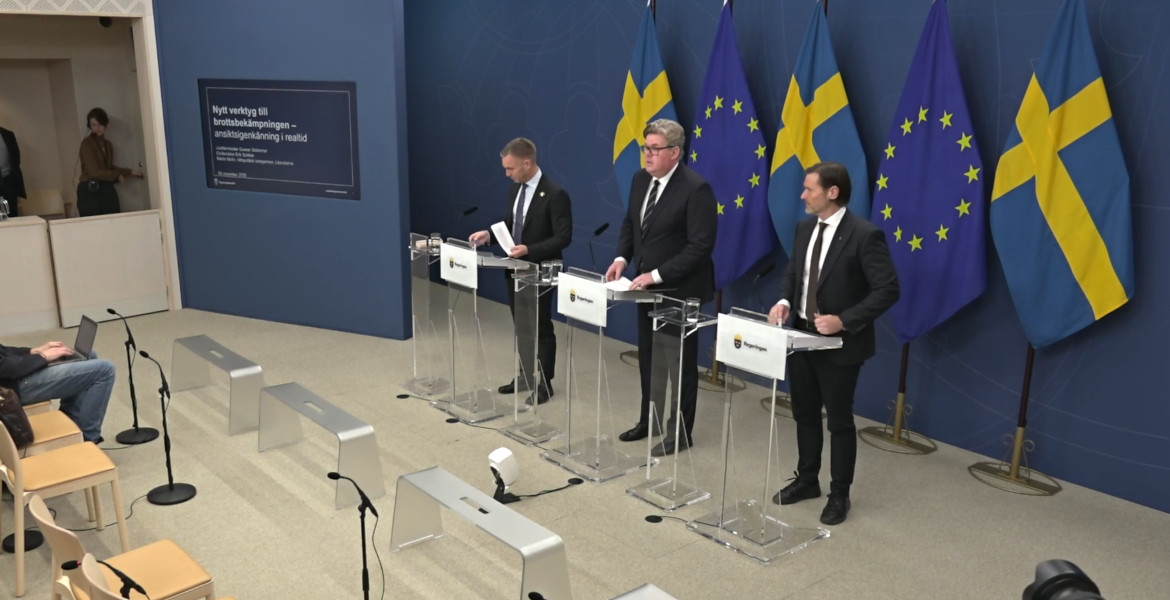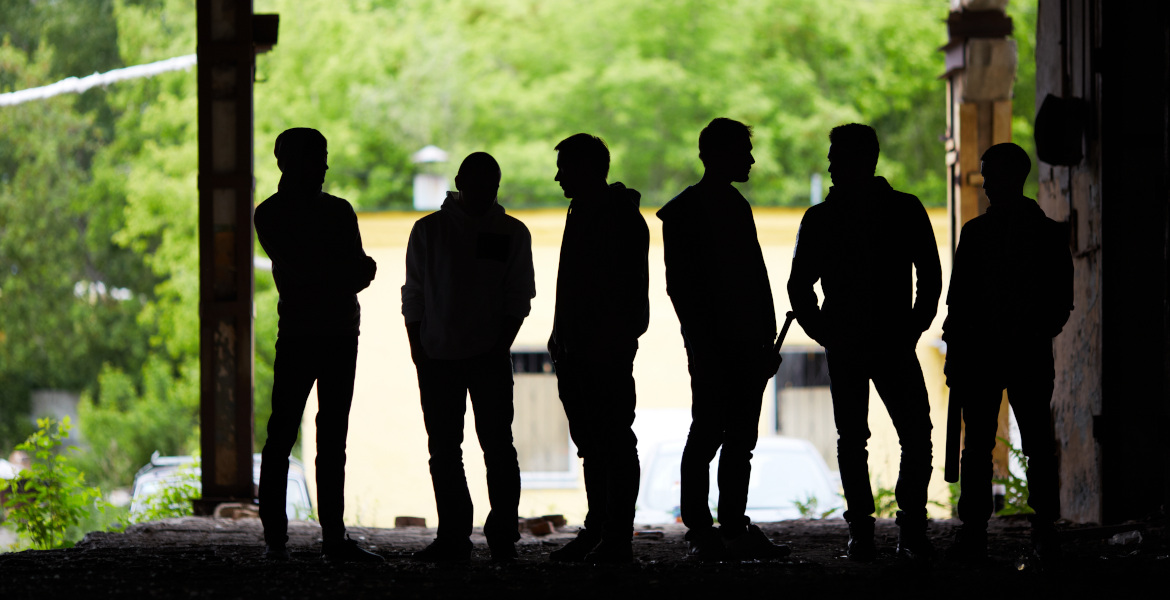Four out of ten researchers and teachers say they have been subjected to harassment, threats or violence during working hours, according to a report from the University of Gothenburg.
Most often, the perpetrator is a student at the university – but it is also common to be victimized by colleagues at the same department.
– Experiences of threats and harassment are common at Swedish universities and it is a major challenge, says researcher David Brax, who wrote the report.
Brax is a senior investigator at the Swedish Secretariat for Gender Research at the University of Gothenburg and has produced the study together with SULF (Swedish Association of University Teachers and Researchers) and SUHF (Swedish Association of Universities and University Colleges), and it is based on survey responses from about researchers and teachers at Swedish universities and colleges.
"Researchers and teachers in the humanities and social sciences report the greatest vulnerability. In these subject areas, 47% and 43% respectively say they have experienced threats and/or harassment", it notes.
Threatening emails are the most common, followed by threatening statements in person and threats or attacks via social media. Violence, theft and vandalism also occur – but to a much lesser extent.
"Often happens in teaching situations"
Students are identified as the most common group of perpetrators, and half of the researchers and teachers who have been subjected to threats or harassment in the past 12 months say that it was a student who was behind it. At the same time, it is also common for colleagues to threaten and harass each other.
– A large proportion say they have been victimized by a student, or by someone else in their own department or unit, and that this often happens in teaching situations, Brax continues.
It can also be noted that female researchers and teachers are more often victimized by students, while male researchers and teachers are more victimized by their colleagues.
"The report suggests that threats and harassment are largely an internal problem within the university", it concludes.
Left-wing political activism
According to the responses, the threats and harassment have led many researchers and teachers to avoid engaging in certain topics, refrain from speaking out on certain issues, or consider leaving their positions.
When students attack teachers, it is primarily in the context of teaching and supervision – it is less clear why staff members threaten and harass each other.
In this context, it should also be mentioned that the National Secretariat for Gender Research at the University of Gothenburg has been severely criticized on several occasions in the past, and accused of being an arena for left-wing political activists whose alleged gender equality work in practice sabotages the universities' right to self-determination and restricts academic freedom.





